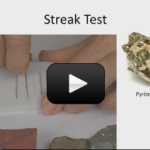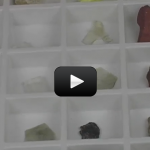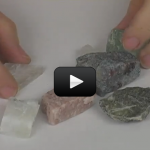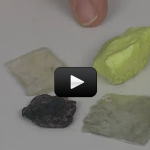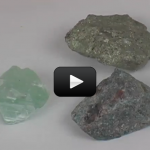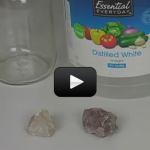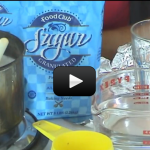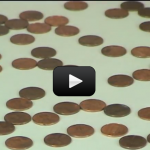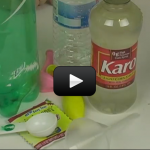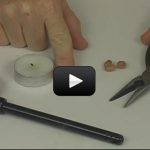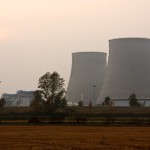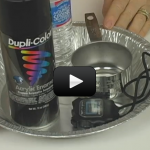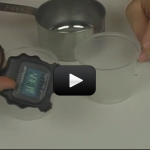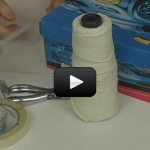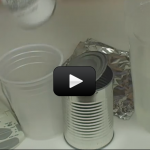Getting Started
Kids love rocks. It's exciting to wonder where it's been, how it got there, and what it's made of. And rocks are absolutely everywhere you look!
Students get to explore the stuff that the earth is made of: rocks, minerals, soils, water, and more in this beginning course in Earth Science.
You'll learn how to identify which minerals that look the same but aren't, like gold and pyrite, along with minerals that don't look the same but are, like hematite. You'll also learn about the earth's resources and how we are finding better ways to use them everyday!
Here are the scientific concepts:
- How to compare the physical properties of different kinds of rocks and that rock is composed of different combinations of minerals.
- Rocks, water, plants and soil provide many resources including food, fuel, and building materials that humans use.
By the end of the labs in this unit, students will be able to:
- Identify and describe the physical properties of minerals.
- Practice common identification techniques that field scientists use on minerals.
- Explore common ways to utilize renewable and nonrenewable resources, and where these resources can be found.
- Differentiate observation from inference (interpretation) and know scientists’ explanations come partly from what they observe and partly from how they interpret their observations.
- Measure and estimate the weight, length and volume of objects.
- Follow a set of written instructions for a scientific investigation.

